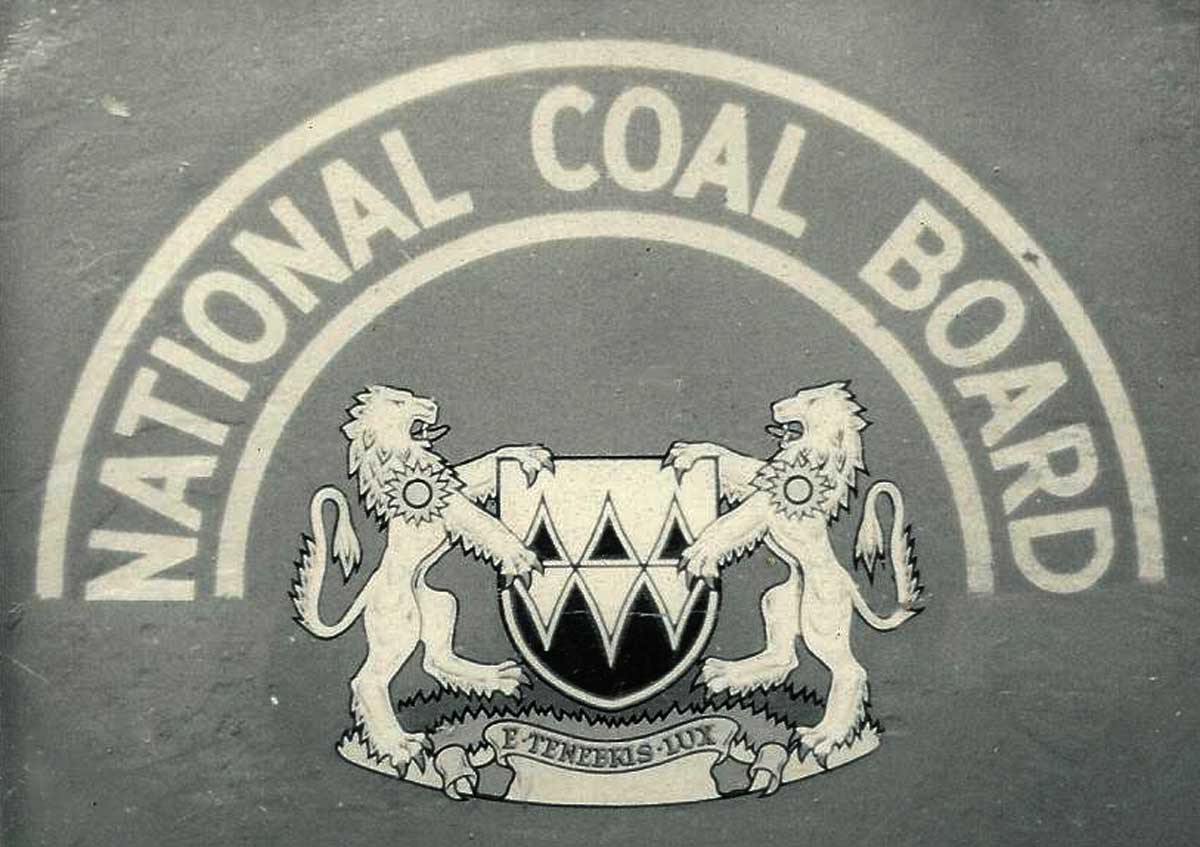Coal Industry Comes Under Public Ownership in Britain
A legislative highlight of the great reforming post-war Labour Government took effect on 1 January 1947.

Along with the setting up of the National Health Service, the nationalisation of the Coal mines, which officially took effect on New Year’s Day, 1947, stands out as one of the legislative highlights of the great reforming post-war Labour Government in Britain. Coalminers and the pits they worked in the great industrial heartlands of South Wales, Scotland, the East Midlands and Lancashire had long been a high profile group. The dangerous conditions in which they often worked – highlighted by great set-piece tragedies such as the colliery disaster of 1913 at Senghenydd in South Wales – had given a special sense of solidarity to the miners and their families. It placed them prominently on public view and given past conflicts with private mine owners, who had tried at moments of tension to increase hours and cut pay notably In the conflict that escalated into the General Strike of 1926 – it was hardly surprising that they were earmarked for public ownership as part of a wave of post-war nationalisation, along with the Bank of England, railways, electricity and gas.
The ideological fuel that powered the nationalisation programme was the Labour Party's famous ‘Clause Four’ of its 1918 constitution, which had called upon future Labour governments to secure for the workers by hand or by brain the full fruits of their industry and the most equitable distribution thereof.. upon the basis of the Common ownership of the means of production, distribution and exchange’.
This aspiration had been underlined by the 1944 Labour Party Conference’s confirmation of the policy. But it was the experience of wartime, with its emergency government control and regulation of a number of key utilities and services, that had conditioned public opinion to accept and even welcome what previous generations might have regarded as the unwarranted appropriation of private assets.
The new National Coal Board which took control of Britain's pits and mineworkers that January, did so with a structure that left them ultimately responsible to a Government minister, but where a powerful individual in the position of chairman, such as Alf Robens in the 1960s, or the controversial American lan Macgregor in the 1980s, could exercise enormous influence on the pattern of industrial relations.
Recent historians have drawn attention to the piecemeal way, in which despite its ideological underpinning, the programme was put into operation – ‘the very process of nationalisation seen as some kind of magic wand’ as historians Malcolm Pearce and Geoffrey Stewart recently put it. If so, that ‘on the hoof’ implementation was to be echoed ironically by the large-scale process of Thatcherite privatisation, which was to reverse it forty-odd years later.
The pit owners were compensated for nationalisation – too generously in the view of many of Labour’s left wing – and the coal industry remained high on Britain’s domestic politics agenda, with the 1974 miners’ strike that indirectly brought down Edward Heath’s Conservative administration, and the 1984-85 conflict between miners under their leader Arthur Scargill and Mrs Thatcher, where she took her revenge, and which ended in a split in the union and disastrous defeat for a group once at the forefront of industrial muscle-power in Britain.




